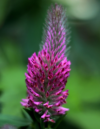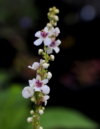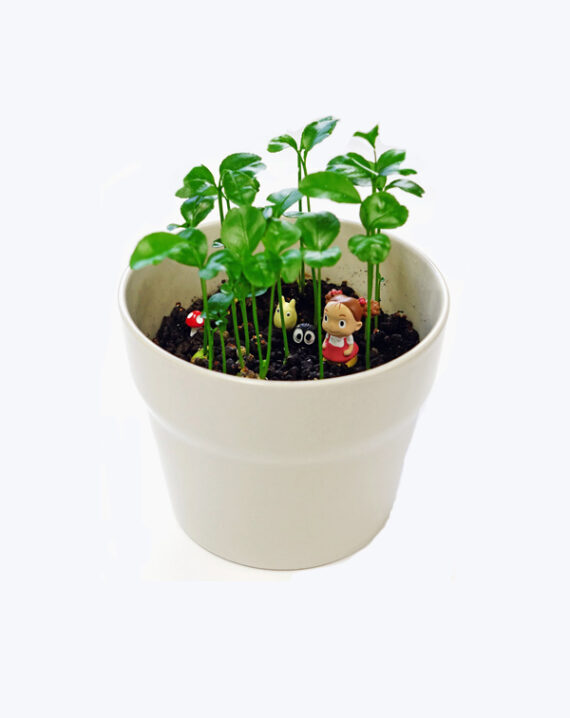-
 Trifolium rubens
Quantity: 1 £5.99
Trifolium rubens
Quantity: 1 £5.99 -
 Salvia
Quantity: 1 £5.99
Salvia
Quantity: 1 £5.99 -
 Verbascum
Quantity: 2 £7.99
Verbascum
Quantity: 2 £7.99
Subtotal : £27.96






 Full sun
Full sun





Reviews
There are no reviews yet.